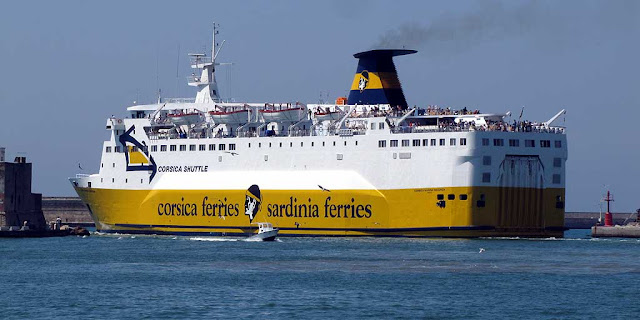
Giampaolo Cardosi was born on 7 September 1943, the eve of the Armistice between Italy and the Allied forces, but, as he often said, he never knew a moment of peace.
In the 1970s, when he joined the “Polizia Municipale” (Municipal Police), he was called the “vigile capellone” (long-haired traffic cop) because his kind of haircut was, and still is, a rarity in the force.
He was fired in 1979 on flimsy charges, the presumed theft of an old table and some chairs, and that was the beginning of a long legal battle for his rehabilitation. A popular figure around town, he always rode his bicycle, which he considered the true love of his life.
It took decades, but at last he was acquitted of all charges, with his hasty dismissal becoming suddenly unmotivated. A couple of years ago he refused a 300000 Euro settlement because an even purely formal reinstatement was not included. He wanted to wear again, even for a single day, his unform.
In 2010 he lost his house for a modest debt with his own lawyer and spent the last two years as a homeless, often sleeping on a chair outside the ER of the local hospital.
At the end even his true love betrayed him: Giampaolo died last Saturday for an accidental fall from his bike. He finally got to wear his uniform, but only for his funeral. Today would have been his 69th birthday.
(Photo: author unknown)
 The elementary school Micheli, in piazza XI Maggio, is named after the military engineer Giuseppe Micheli. The original building was inaugurated in the summer of 1889, just in time for the first day of class.
The elementary school Micheli, in piazza XI Maggio, is named after the military engineer Giuseppe Micheli. The original building was inaugurated in the summer of 1889, just in time for the first day of class. The original building was a two-story structure, which quite soon proved to be inadequate to the growing school population of the times.
The original building was a two-story structure, which quite soon proved to be inadequate to the growing school population of the times. In the early 1920s the problem was solved adding another story to the building.
In the early 1920s the problem was solved adding another story to the building.
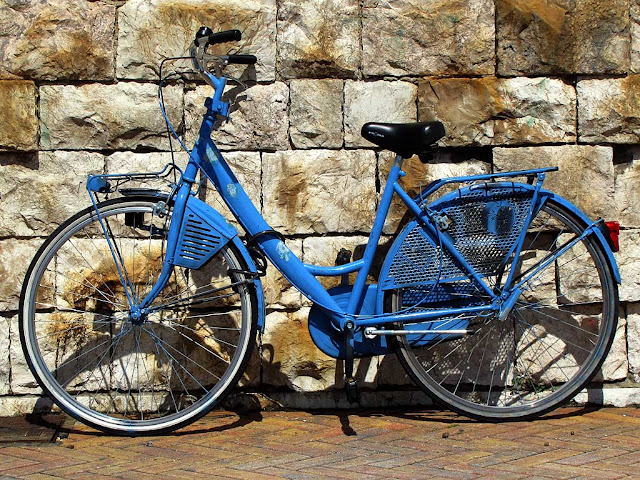




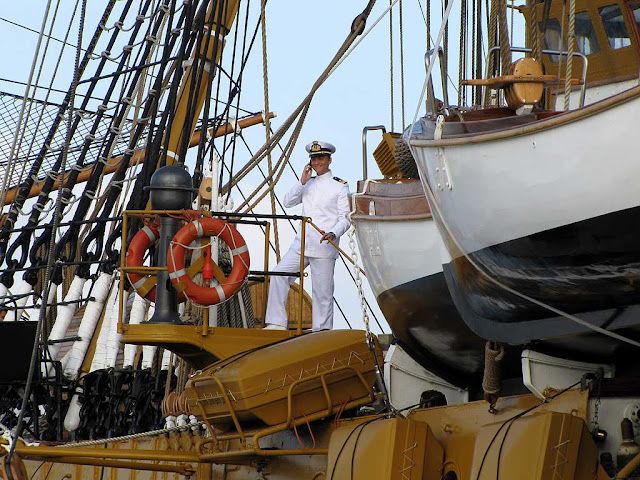
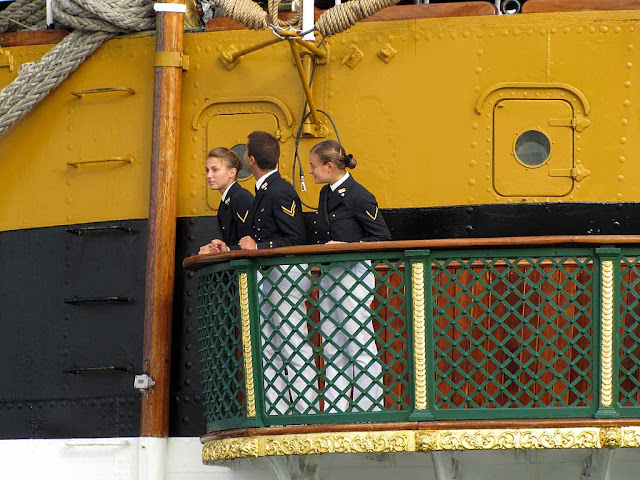



 Our friend Matteo should be quite worried looking at this map: the
Our friend Matteo should be quite worried looking at this map: the  It gets even better in “Via della Madonna” where they got all the churches wrong. From left to right we should have the former Armenian church of “
It gets even better in “Via della Madonna” where they got all the churches wrong. From left to right we should have the former Armenian church of “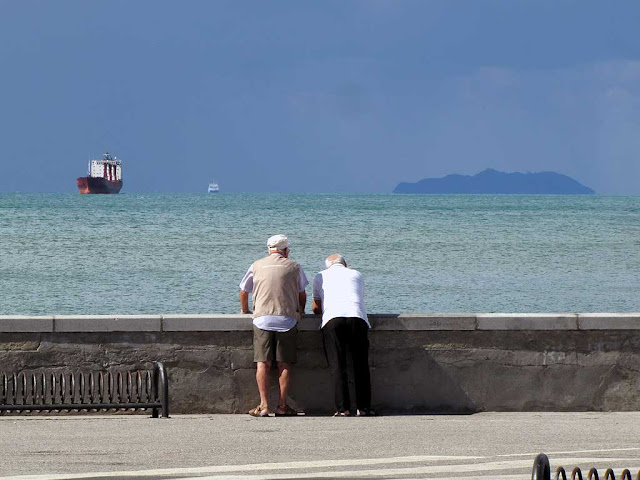








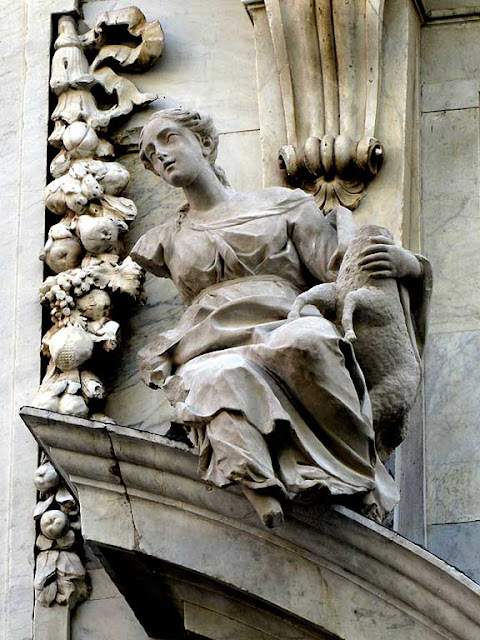





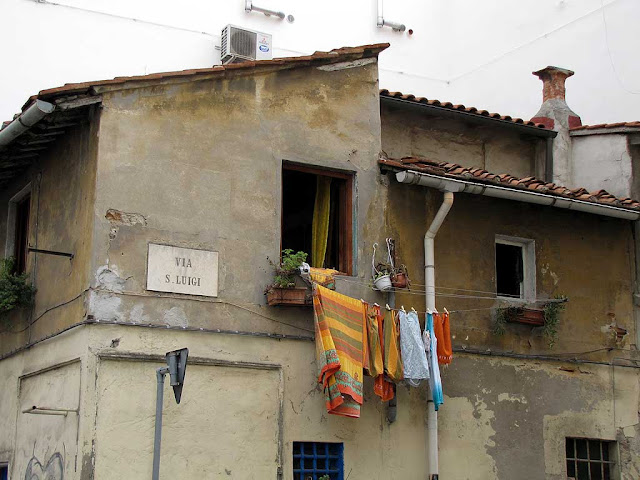








 Giampaolo Cardosi was born on 7 September 1943, the eve of the Armistice between Italy and the Allied forces, but, as he often said, he never knew a moment of peace.
Giampaolo Cardosi was born on 7 September 1943, the eve of the Armistice between Italy and the Allied forces, but, as he often said, he never knew a moment of peace.

